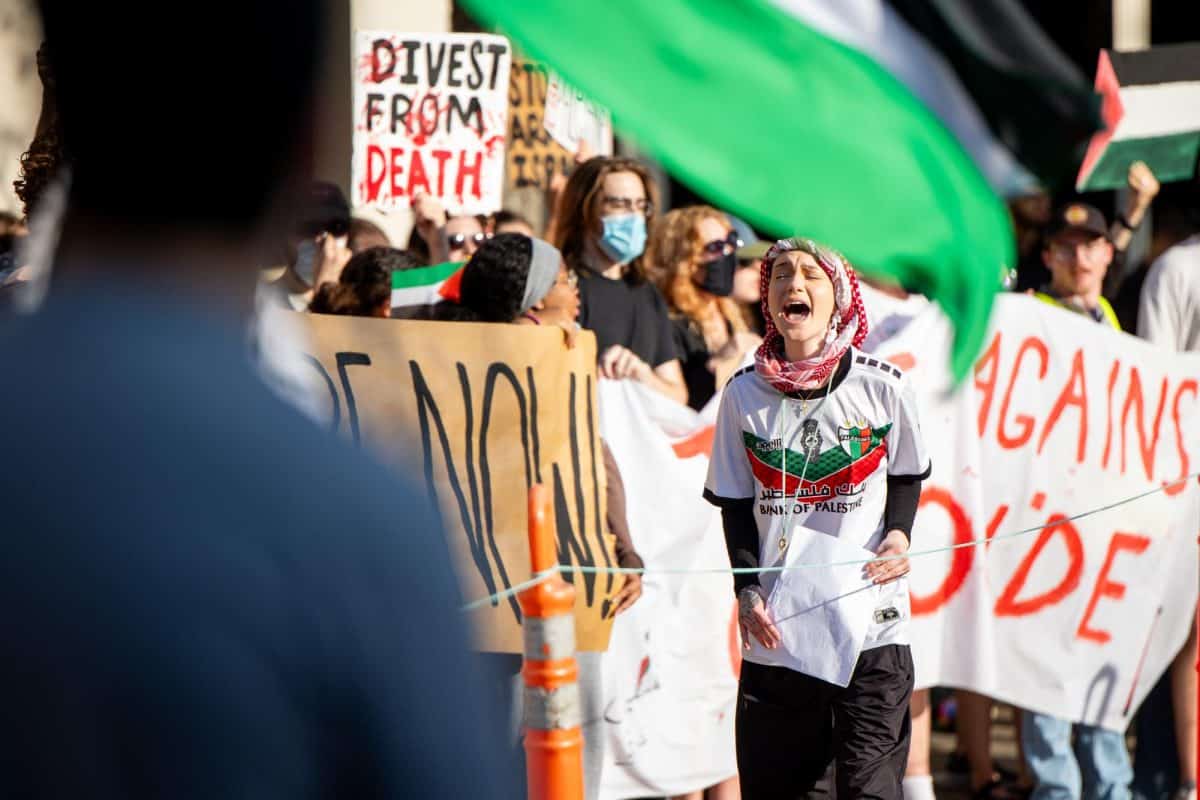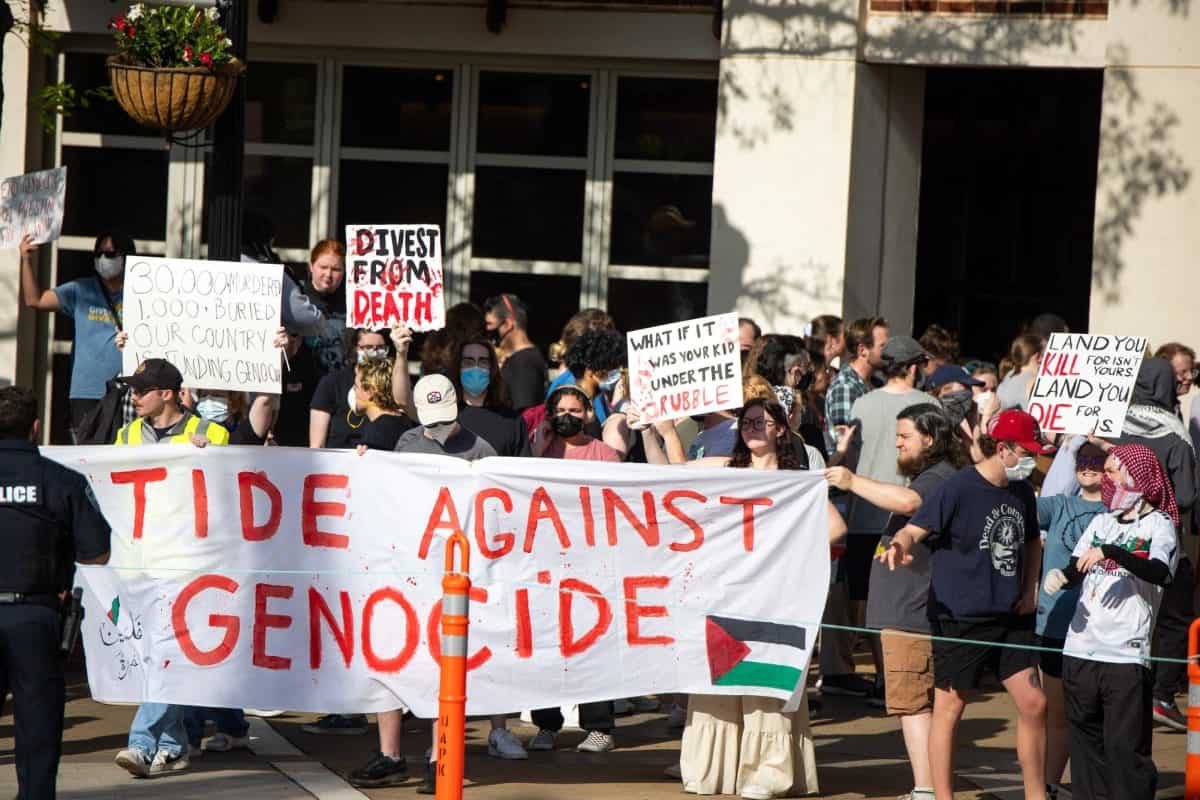Protests and demonstrations are as ingrained in the history of The University of Alabama as Paul “Bear” Bryant and Nick Saban. From simple messages chalked onto the sidewalks around the Quad to large rallies, acts of protest have defined and polarized campus for decades.
?In the 1960s, race relations spurred protests against Autherine J. Lucy’s admission as the first black student and Gov. George Wallace’s defiant stand in front of Foster Auditorium against federally mandated desegregation of schools.
Demonstrations at the University in May 1970 against the war in Vietnam and the shootings at Kent State University led to the burning of a building and the campus being placed under strict rules.
Almost 50 years after the famous “Stand in the Schoolhouse Door,” protests on the UA campus center around more modern issues, such as abortion and homosexuality, yet they still hold the ability to stir emotions and alter mindsets.
?“Protests must not be half-hearted. They must be firm in their beliefs if they hope to accomplish the change they seek,” Bill Stewart, professor emeritus of political science, said.
Fifty years ago, the ongoing civil rights movement had already begun to dismantle the institutions of segregation and had chosen the state of Alabama as one of its major battlegrounds. The range of views and positions varied throughout the country, state and even on campus.
Anti-war sentiment defined the May 1970 “Days of Rage” protest against the Vietnam conflict and the more recent mock raid orchestrated by the Students for a Democratic Society as an act of defiance against the campaign in Iraq.
The most recent protests have been focused on prevalent social issues. The group Bama Students for Life held an anti-abortion protest earlier this spring, and the Westboro Baptist Church held a picket against homosexuality on May 18 that drew counter-protesters.
Mark Mayfield, assistant director of the Office of Student Media and adjunct professor of journalism at the University, said a protest becomes successful if it unites a group of people who would not otherwise voice their oppositions in an individual manner.
“You have to organize a protest in the way that has impact, and that means numbers. The truth is that three or four people won’t make a difference,” Mayfield said.
?High visibility and publicity have been hallmarks of the most recent demonstrations. The use of large, graphic images on the Quad gave the Bama Students for Life protest a large and diverse audience, and decades of national attention added increased attention to the Westboro Baptist Church’s protest on campus.
Although sometimes combative, Stewart said protests are not necessarily a bad thing.
“When people at a university protest, they do not indicate an unhealthy campus; they indicate one that is healthy and progressive,” Stewart said. “It shows that the students are aware of what is going on in the real world.”






